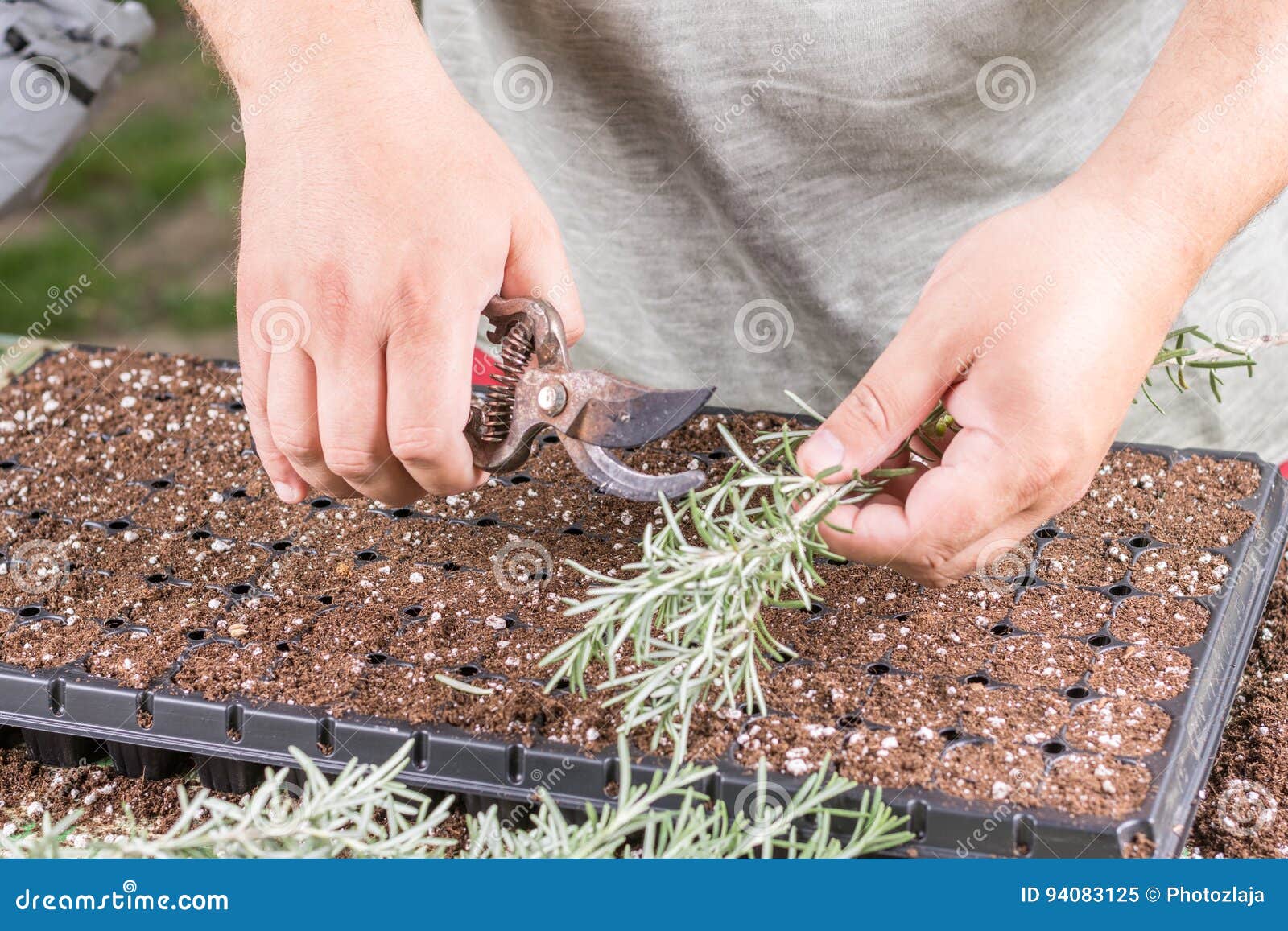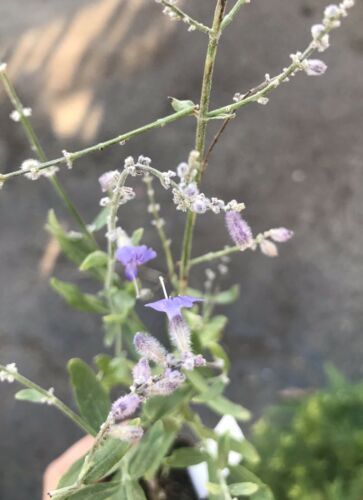

The low-growing variety works well in hanging baskets or on a shelf in your house. When you’re growing rosemary in pots, you can grow either type.

It typically doesn’t reach more than 1-2 feet tall. This type of rosemary is low-growing and likes to spread out rather than grow upward. If 6 feet tall is too much for you, you can find semi-upright rosemary plants that only grow to be 2-3 feet tall, making it much easier to manage. This type of rosemary can reach up to 5-6 feet tall. That can be a bit confusing when you want to find the right rosemary to grow. There are two types of rosemary, with dozens of cultivars mixed into those two types and even hybrids. Types of Rosemary Plants To Grow In A pot Discard the damaged plants and make sure you pick a spot to grow rosemary that allows the plant to drain well. It’s caused by a fungus, causing your plants to wilt and drop their leaves prematurely. Unfortunately, if your rosemary plant develops root rot, there isn’t much you can do to save your plant. You spray these soaps on the insects and plants. Another option is to use an application of insecticidal soap. They like to attach to the underside of leaves and suck their sap, leaving a sticky residue on the plant.Ī forceful jet of water should remove these pests. AphidsĪphids, along with whiteflies, can bother rosemary plants, primarily if they’re grown in a greenhouse or indoors.Īphids are usually green in color, but they can be white, yellow, brown, black, and pink. Typically, spittlebugs only bother rosemary plants and grow outside, but they can find indoor rosemary plants. You can use a strong jet of water to wash away the foam spit excretions and the insects inside it. Although being ugly and a bit nasty, spittlebugs don’t cause a severe problem, but if you have a heavy infestation, it’ll weaken the plant. Spittlebugs leave little globs of spit on your plant, and the insects suck sap from the needles. Ensure you prune and trim your plant appropriately to give it good air circulation and avoid getting the foliage wet when watering the plant. It’s another fungus that likes rosemary plants, spreading during prolonged periods of wetness. If you find that the leaves are yellowing and a white-grey fussy growth develops on the leaves, you have downy mildew.

It’s hard to get rid of a fungus, but you can try a fungus spray. Make sure you rotate crops and plant disease-free materials. Cottony soft rot appears during warm, humid conditions. You might find water-soaked lesions on the stem of the rosemary plant in the spring. It’s a fungus that can be present at the surface of the root.

If your plant is rapidly dying and turning yellow, it could be cottony soft rot. Here are some of the diseases and pests it might face. Rosemary does have some enemies that like to attack and bother rosemary. Common Pests & Diseases That Bother Rosemary You can harvest anytime throughout the growing season, but if you bring it inside during the winter, avoid harvesting too much. Never take more than 25% of an overall plant because it can cause irreversible damage to your plant. You can cut off the part of the stem above the woody part. The most flavorful rosemary leaves come when the new growth isn’t too soft nor turned woody. Once you do this, your cuttings are ready to be potted.Dip the ends of the cuttings in a rooting hormone that you can find at any garden center or nursery.Don’t remove any stems from the top 1.5-2 inches of the plant.Take a sharp pair of scissors or garden knife to remove the bottom set of leaves.Cuttings should come from the young non-flowering shoots that are 3-4 inches in length.If you want to multiply your herb and grow more rosemary, you can take cuttings from your current rosemary plant and plant those in your garden or other containers. Pruning these types of branches and the dead ones is necessary because it improves air circulation and gives the plant the best shape. Crossing stems can be problematic because they can cause injuries, which opens the plant up to diseases and pests. Remove all dead, damaged, and crossing stems.If you have rosemary growing inside or live in a temperate climate, you can prune year-round.During this time, the plant is hardening off, protecting itself in the winter. Avoid pruning or pinching off in the late fall and winter.You can do regular, light pruning throughout the entire growing season until 4-6 weeks before the first frost.Those buds will grow and make the plant look fuller. When your plant is 8-10 inches tall, remove the top growth again above the leaf node, saving the emerging lateral buds.


 0 kommentar(er)
0 kommentar(er)
